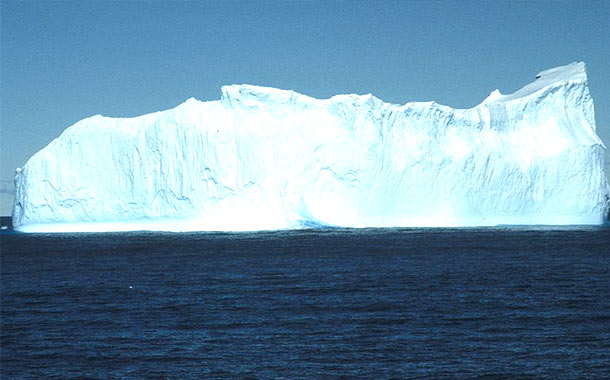<![CDATA[According to the findings of new research published recently, during the last ice age about 21,000 years ago, icebergs equal to three-football-fields thick floated past Miami. As the earth's atmosphere became warmer, the ice sheet started to melt down, sending countless icebergs into the northern Atlantic Ocean. A massive iceberg, the so-called Laurentide, once covered up much of North America, including almost the entirety of present-day Canada. When this iceberg started to melt, smaller icebergs frequently reached South Carolina and even Miami, Florida. Once in a while, a huge icy lake would deplete into the sea after the thawing of the ice sheets that had been grasping it in place. For example, around 8,400 years ago, Lake Agassiz, which was larger than all of the Great Lakes together, completely vanished. A climate modeller at the University of Massachusetts in Amherst, Alan Condron, said that it was likely to have been a cataclysmic event, like the violation of a dam. It had always been assumed that the fresh-water from all these lakes floated east into the sub-polar North Atlantic, tangling with the ocean stream and making the climate cooler. Condron however, making use of a high-definition mathematical model, postulated that a big portion of the water actually headed south all along the coast down to Florida. Condron said that this near-glacial water floated to the surface, passed through the ocean stream and protected the icebergs wandering along with it. With the aim of confirming the findings of his model, Alan Condron partnered a Coastal Carolina University Associate Professor, Jenna C. Hill, who was part of a group of researchers that revealed iceberg keel marks off the South Carolina coast. After discovering the initial iceberg keel marks, Hill continued to look for them, using high-definition images to spot around four hundred more between North Carolina and Florida. These included several close to Miami and probable ones in the region of the Florida Keys. Hill explained that some of these grooves on the ocean-floor are up to thirty feet wide, suggesting the existence of icebergs up to 984 feet (300 meters) thick. She also mentioned that the general rule of thumb is that 9/10ths of an iceberg is hidden underwater. Therefore, a 984 feet thick iceberg would most likely have been about ten stories high. She added that at present icebergs this large are seen only in Greenland. Condron said that floating at roughly 2.2 miles per hour these icebergs could have made it from northern Canada to Florida in just four months. He speculated that between 6,000 and 21,000 years ago, one could have stood on the coast of Florida and seen a constant stream of icebergs floating past.]]>
New Climate Model Suggests in the last Ice Age Massive Icebergs Reached Miami
